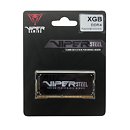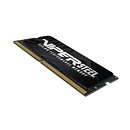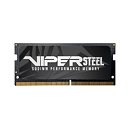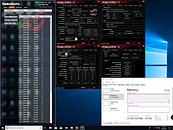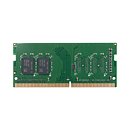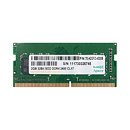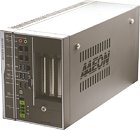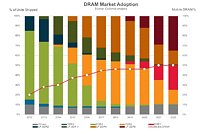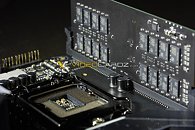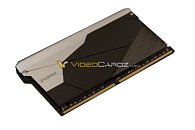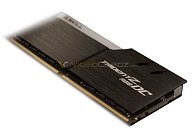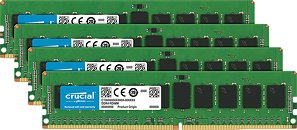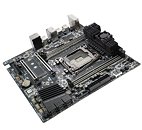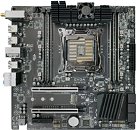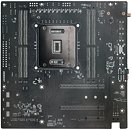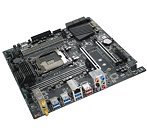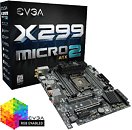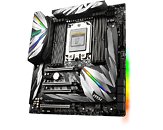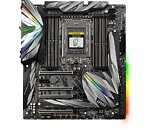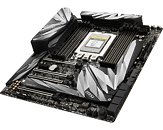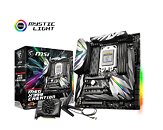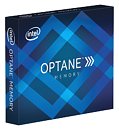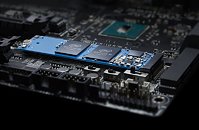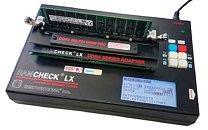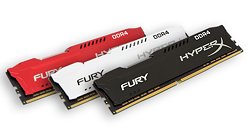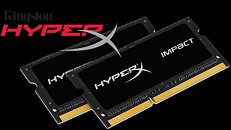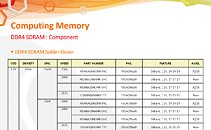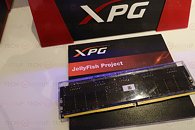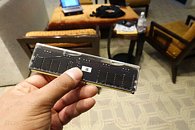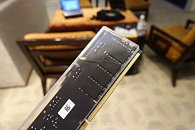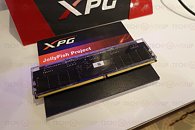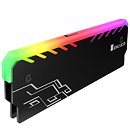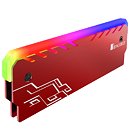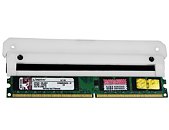
HyperX Releases High Speed Additions to Predator DDR4 Memory Lineup
HyperX, the gaming division of Kingston Technology, Inc., today announced the release of two new high speed Predator DDR4 memory kits in 4266 MHz and 4600 MHz frequency versions. The new frequency options will be available as 8GB modules in kits of two and include a black aluminum heat spreader and black PCB to complement the look of the latest PC builds by system builders and DIY PC enthusiasts.
"The HyperX team is excited to offer Predator DDR4 for the next generation of PC enthusiasts who want the best performance from their systems," said Kristy Ernt, DRAM business manager, HyperX. "As HyperX continues to support the world of gaming and esports, the community sees us as a trusted leader for high speed memory in the gaming hardware industry."
"The HyperX team is excited to offer Predator DDR4 for the next generation of PC enthusiasts who want the best performance from their systems," said Kristy Ernt, DRAM business manager, HyperX. "As HyperX continues to support the world of gaming and esports, the community sees us as a trusted leader for high speed memory in the gaming hardware industry."

